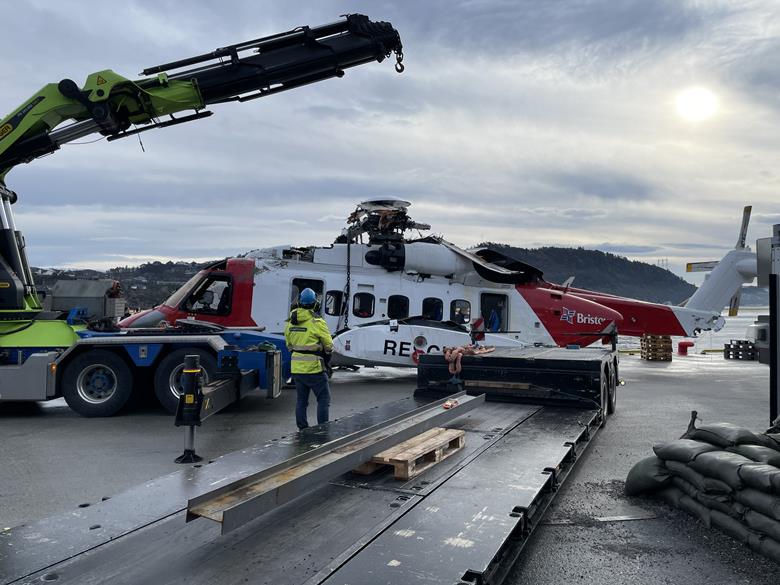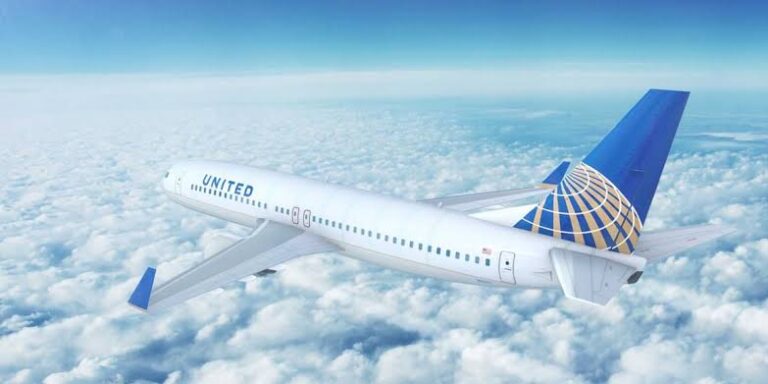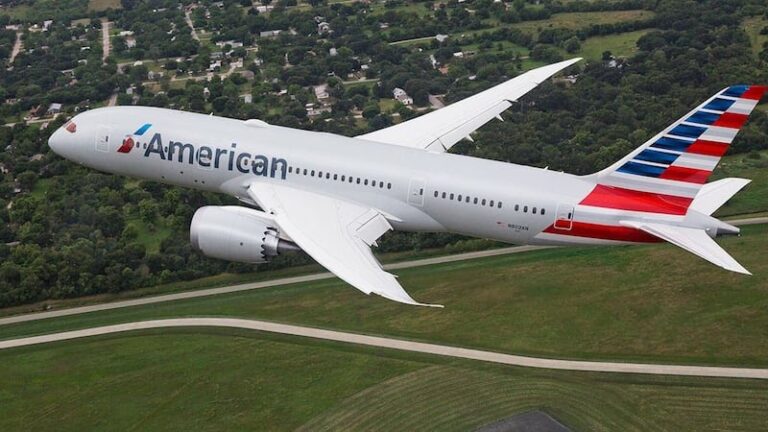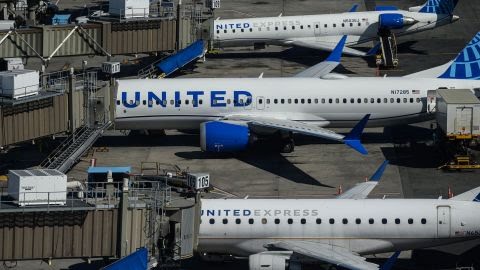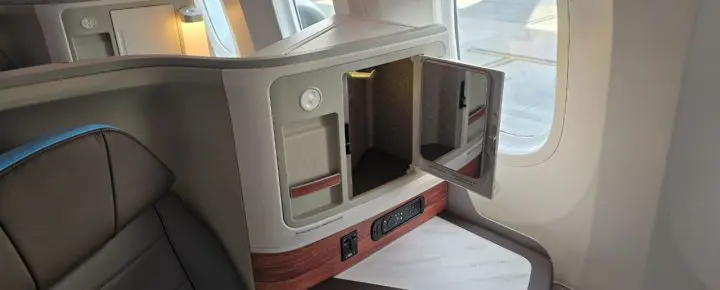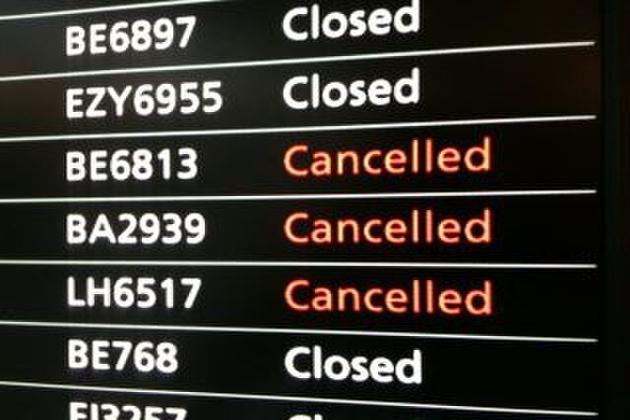Sikorsky warns on S-92 maximum attitude in light of Norwegian crash probe
Sikorsky has issued additional safety guidance to operators of the S-92 helicopter in the light of recommendations from the Norwegian probe into a February fatal crash involving the heavy-twin.
Issued on 6 August, the preliminary report from the Norwegian safety investigation authority SHK says the S-92 unexpectedly pitched up so sharply – reaching a nose-up attitude of 30° – that it began flying backwards, reaching a speed of up to 40kt (75km/h), and descended into the sea.
Site nameMast navigation
Subscribe
Register
Newsletters
Sign In
Search our site
Search our site
Search our site
SEARCHMenu
Helicopters
Sikorsky warns on S-92 maximum attitude in light of Norwegian crash probe
By Dominic PerryDominic Perry13 August 2024
Save articlePlease Sign in to your account to use this feature
Sikorsky has issued additional safety guidance to operators of the S-92 helicopter in the light of recommendations from the Norwegian probe into a February fatal crash involving the heavy-twin.
Issued on 6 August, the preliminary report from the Norwegian safety investigation authority SHK says the S-92 unexpectedly pitched up so sharply – reaching a nose-up attitude of 30° – that it began flying backwards, reaching a speed of up to 40kt (75km/h), and descended into the sea.
S-92 quayside-c-Norway SHK
Source: Norway SHK
S-92 came down during training exercise in February
Sikorsky has told the inquiry that the helicopter should not normally exceed 12-13° nose-up attitude during the specific ‘Mark on Top’ descent and hover manoeuvre being performed during the 28 February search and rescue (SAR) training flight.
While the SHK suggests a fault in a pitch-trim servo circuit might explain the unexpected pitch-up, it also notes that the maximum nose-up attitude figure is not listed in the rotorcraft flight manual describing SAR modes.
Acknowledging the “recent mishap” and responding to the report’s recommendations that the expected attitude parameters are made known to operators, Sikorsky has provided “additional guidance” to “support the most effective and safe use of coupled flight director [CFD] modes” on the S-92, according the 6 August document.
It says that “under normal circumstances”, the S-92’s Automatic Flight Control System (AFCS) “will generally utilise control inputs resulting in no more than 10 degrees nose-up” during SAR modes, or when making instrument landing system or rig approaches.
However, the document states that it “is not abnormal” to see an increase to 12-13° as the helicopter transitions to position hold over a designated hover waypoint on a SAR approach.
Sikorsky says the “hard magnitude” for attitudes are +/- 20° for pitch and +/- 30° for pitch.
“Aircraft attitude in excess of 20 degrees in pitch or 30 degrees is beyond the limits capable of being commanded by the AFCS,” it warns.
“If these limits are being approached the pilots should take note and be prepared to take action. If these limits are exceeded, the pilot should manually take command of the flight controls and deselect the CFD and recover from the manoeuvre.”
Sikorsky also cautions that crews should “continually monitor the CFD for faults” and as “best practice” warns that pilots should not ‘fly through’ by “manually manipulating the flight controls while coupled to the flight director”, unless evasive action is required.
Such actions could result in a fault that will not trigger a master caution alert, but will “cause the [pitch, roll, collective] cues along the top of the [primary flight display] to turn yellow indicating that an axis is not responding entirely as expected to the [flight director] commands”, it says.
“The S-92 CFD and AFCS are extremely reliable and capable systems. However, as with any complex system, they have limitations and can display faults or failures. Pilots must monitor for both expected performance and degraded indications alike,” says the document.
“Pilots must be prepared to take appropriate actions immediately if the system performance deviates from what is expected.”
Six occupants were on board the Bristow Norway S-92 (LN-OIJ), one of whom did not survive the crash, which occurred at night some 10nm (20km) west of Bergen airport.
